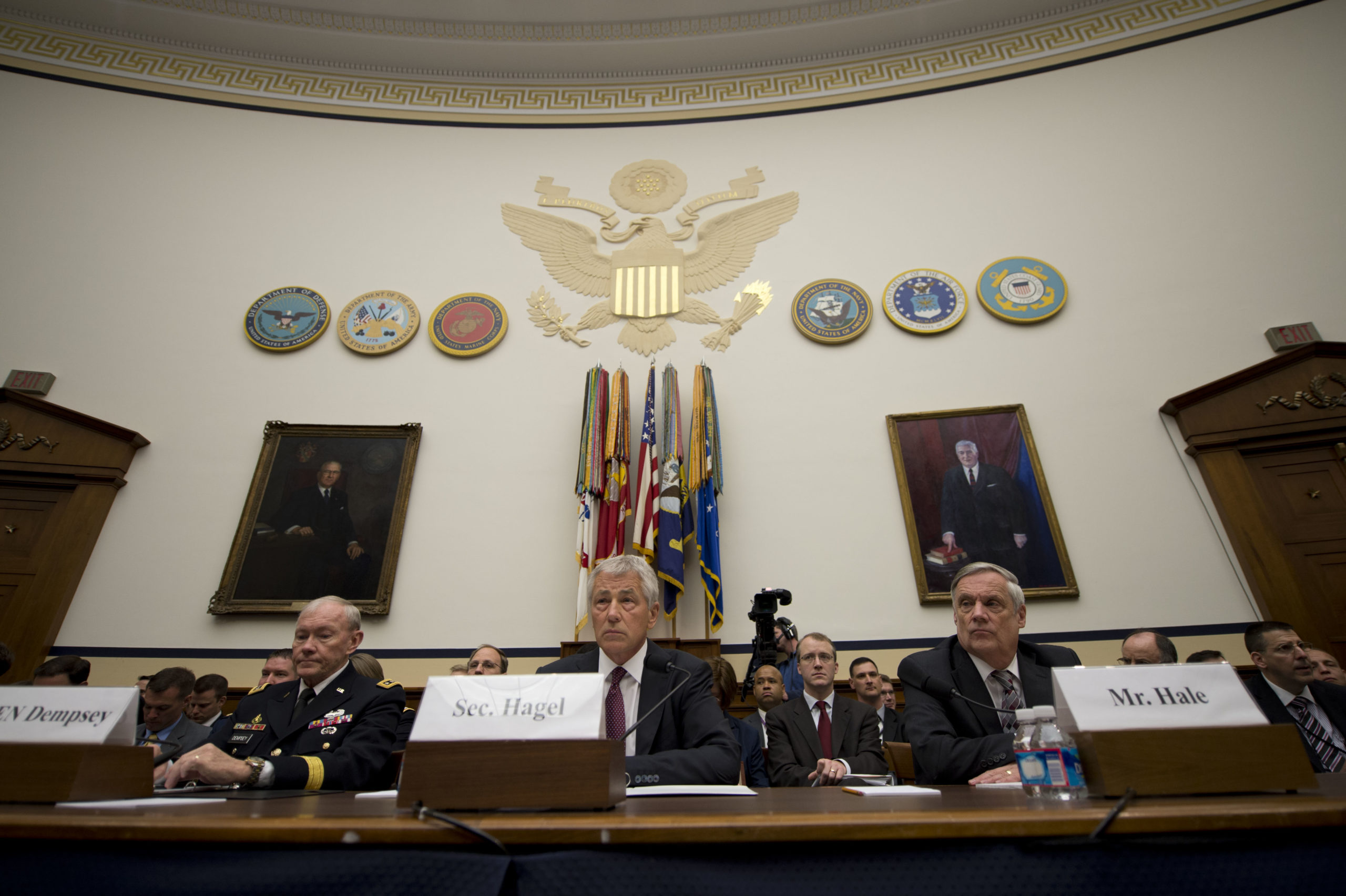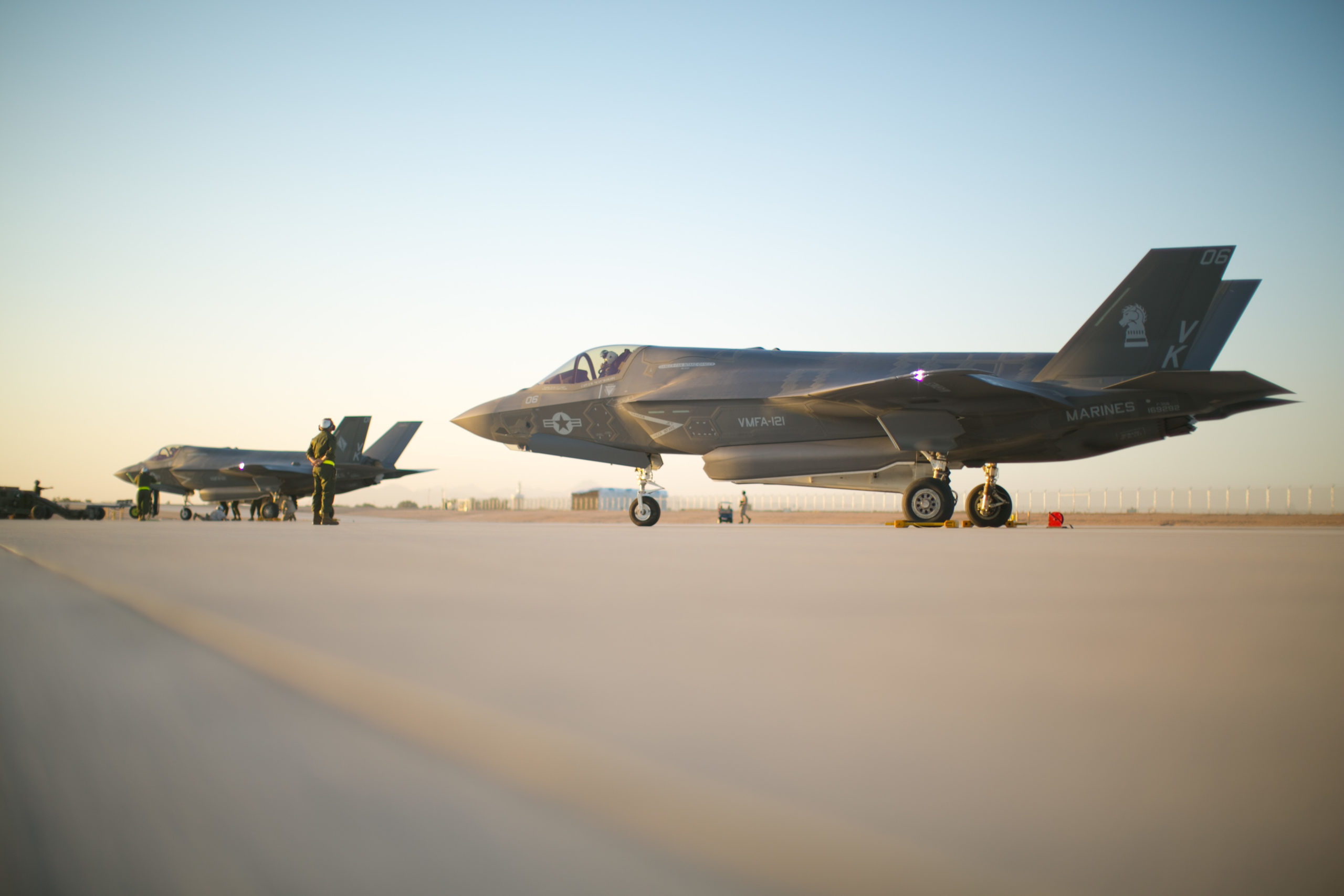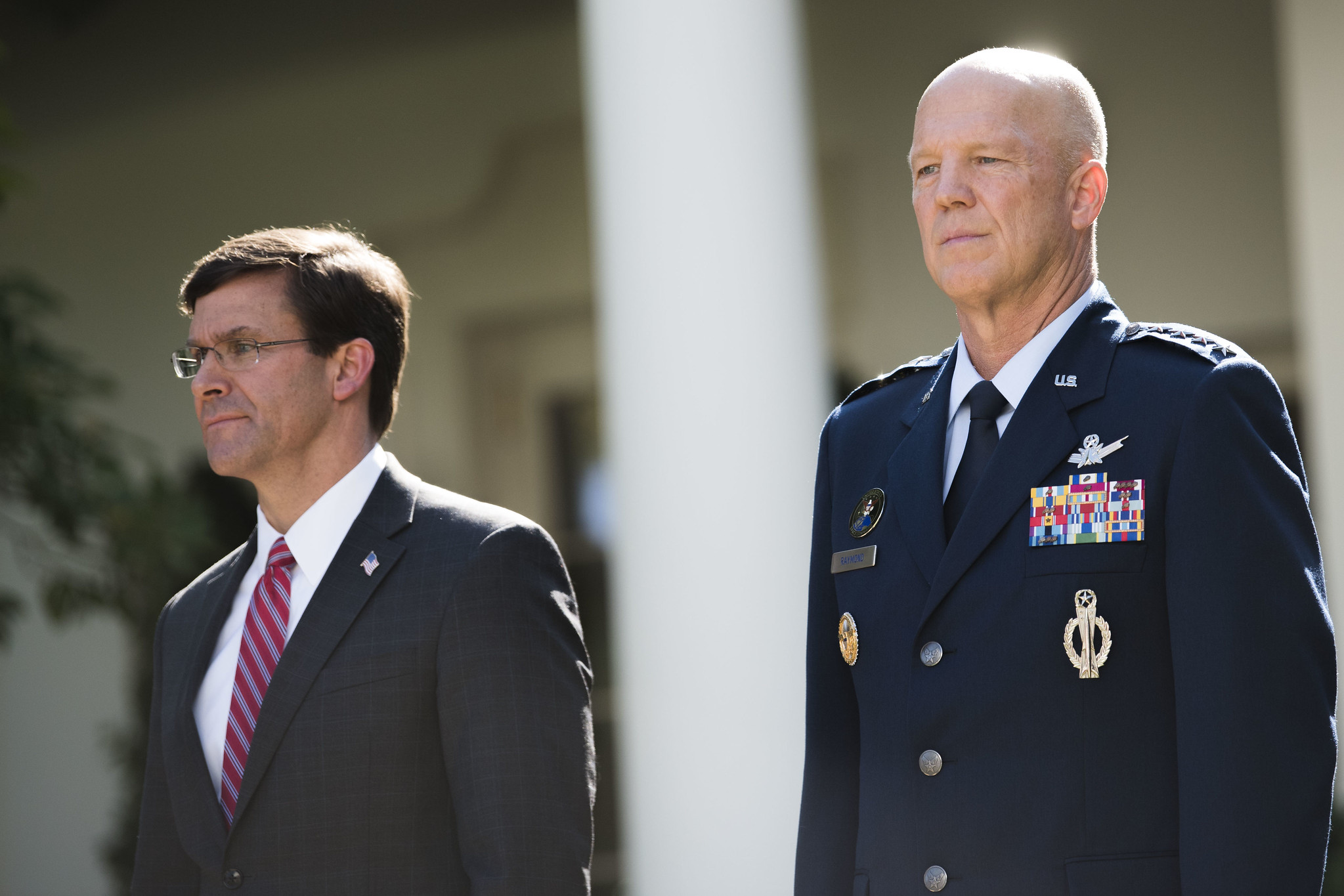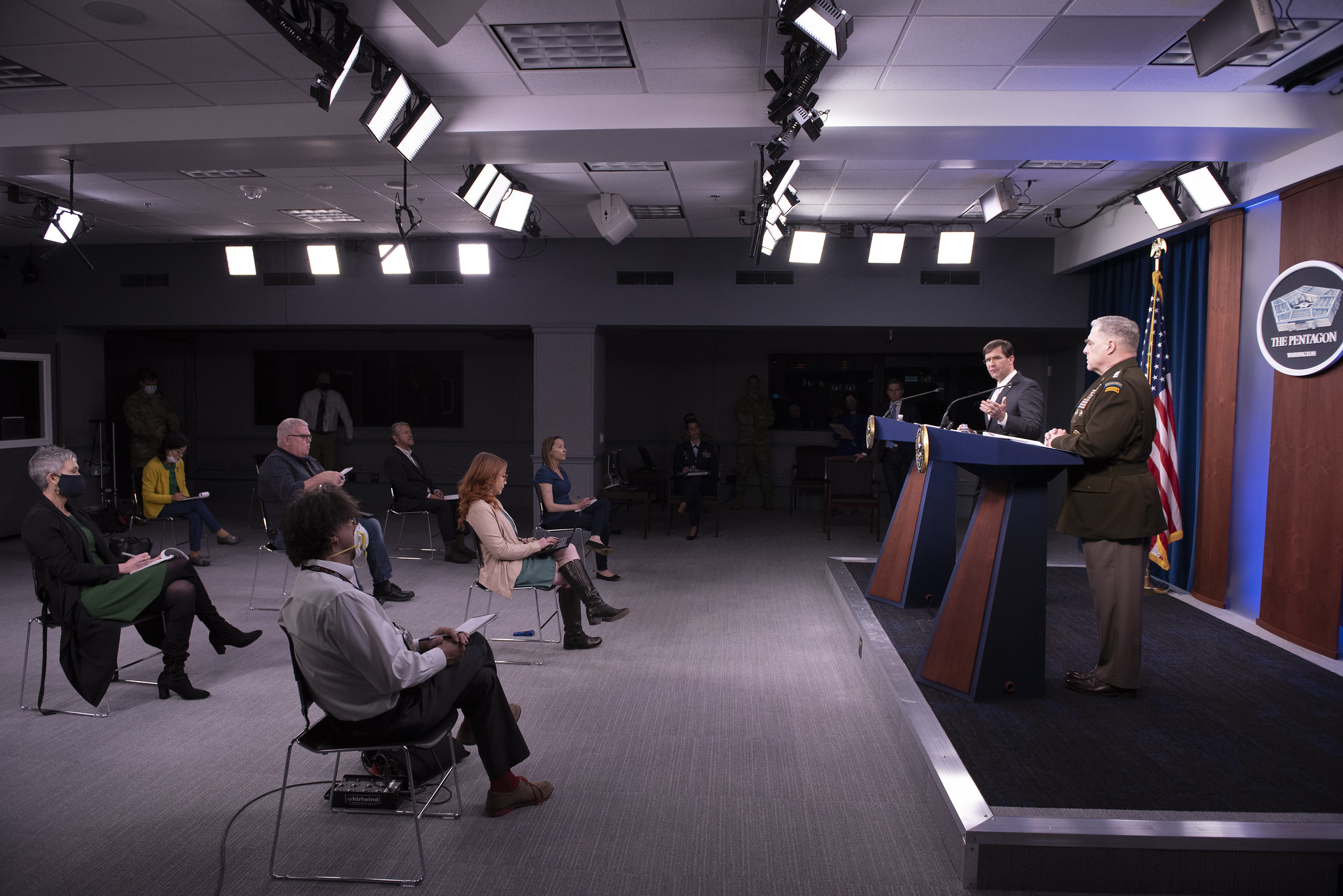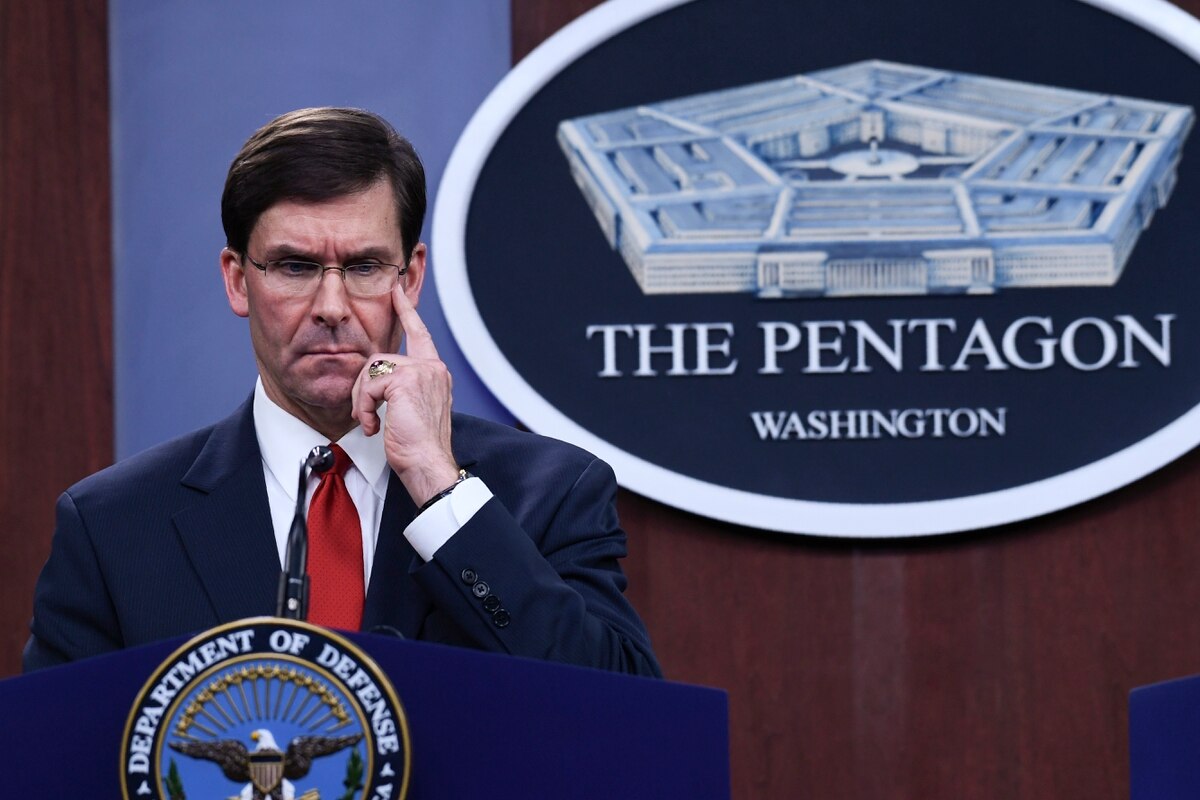Bad Idea: Eliminating, Rather Than Reforming, Overseas Contingency Operations Funding
Nothing in D.C. has the ability to unite political adversaries like a mutual hatred of the Pentagon’s OCO funding. But eliminating OCO — instead of reforming it — could further imperil the greater transparency and accountability that its detractors seek.


